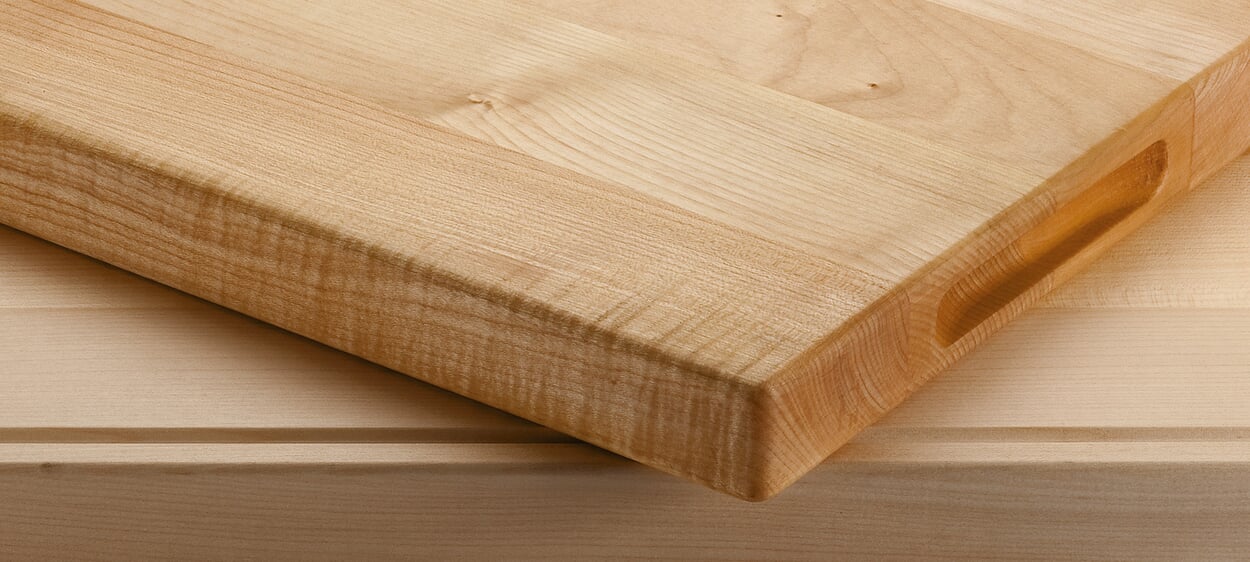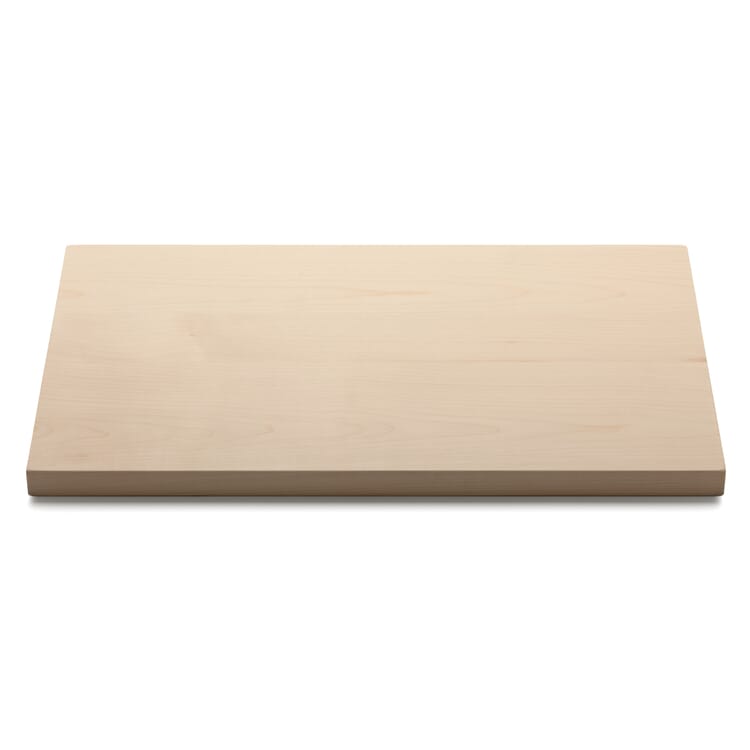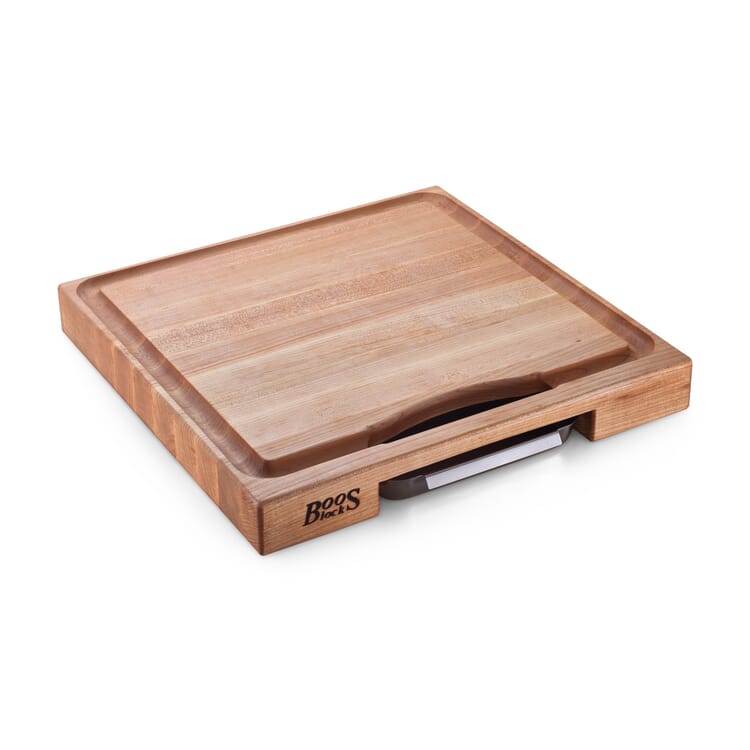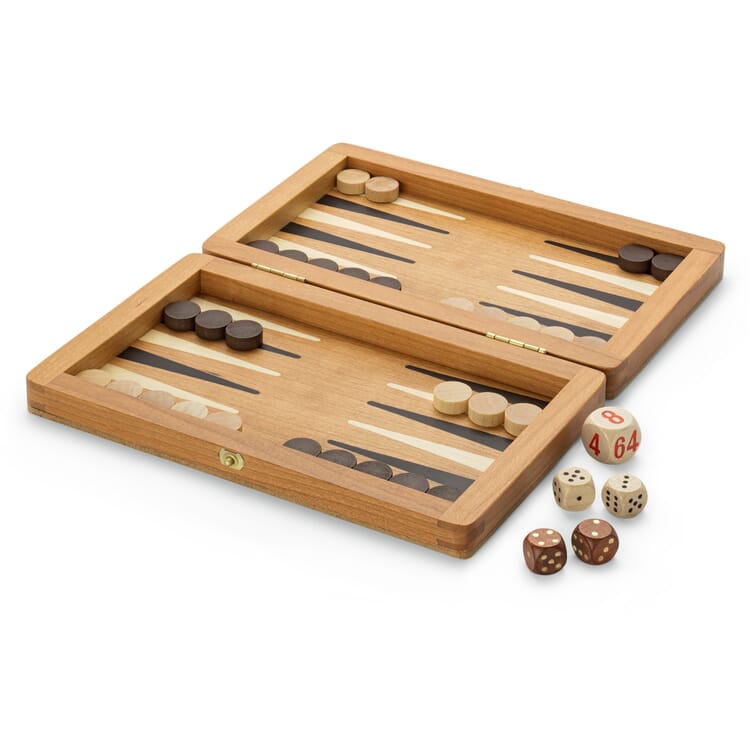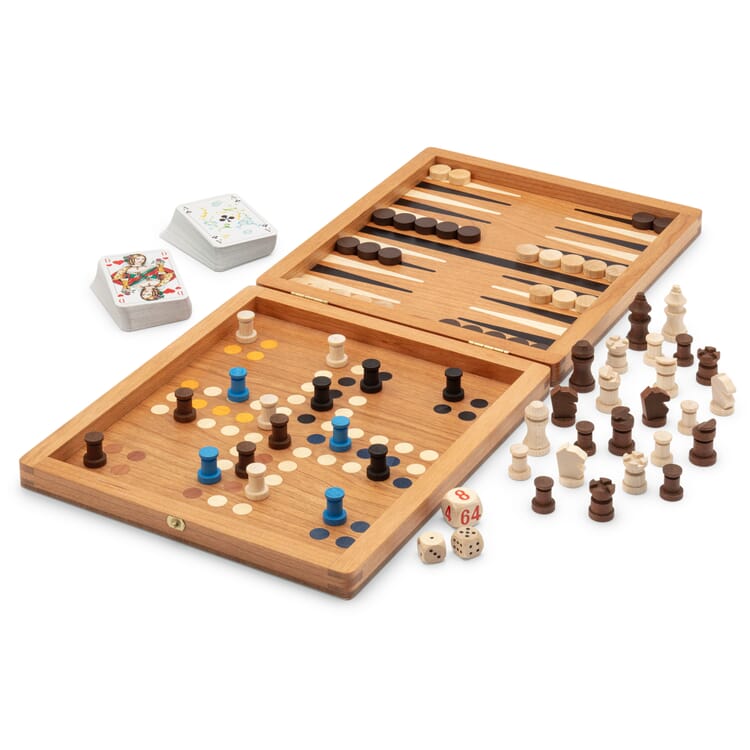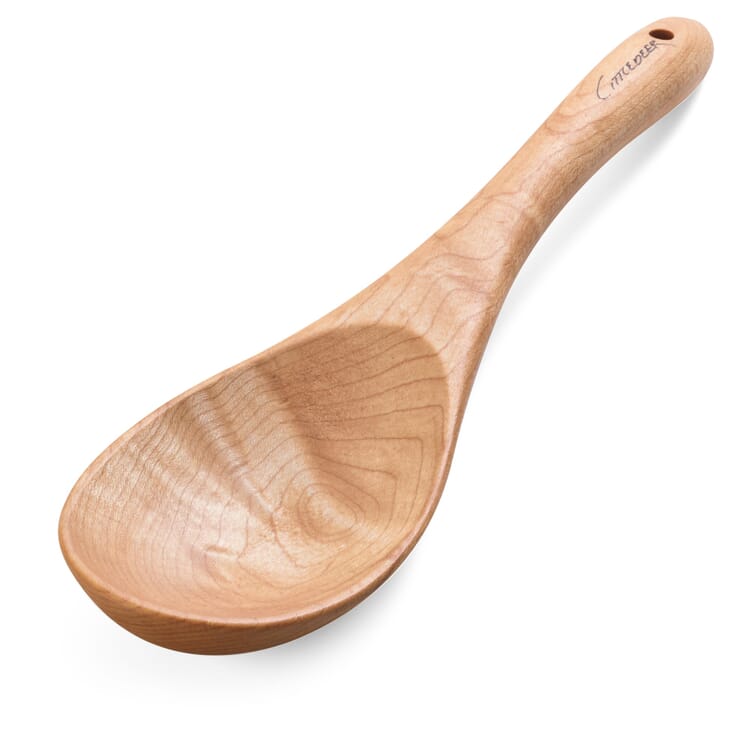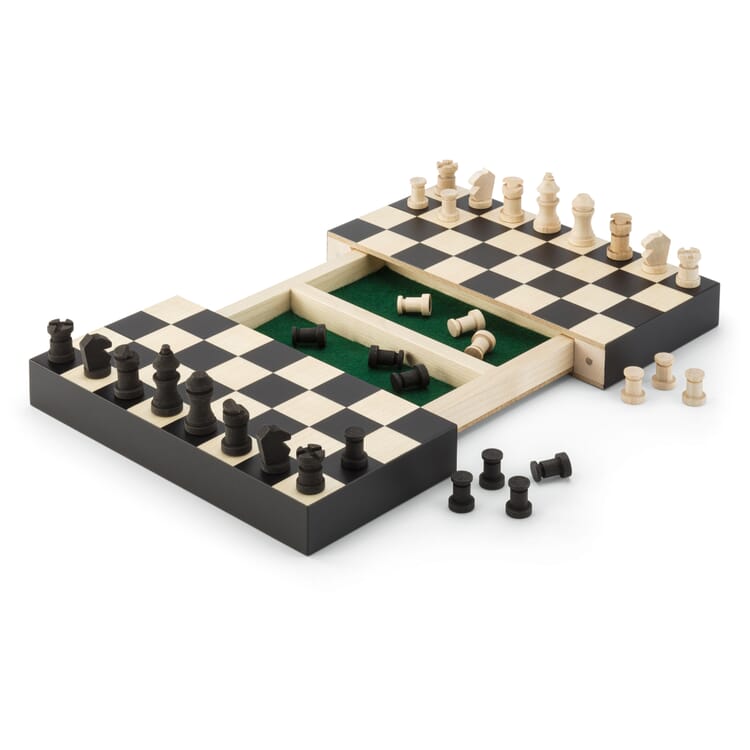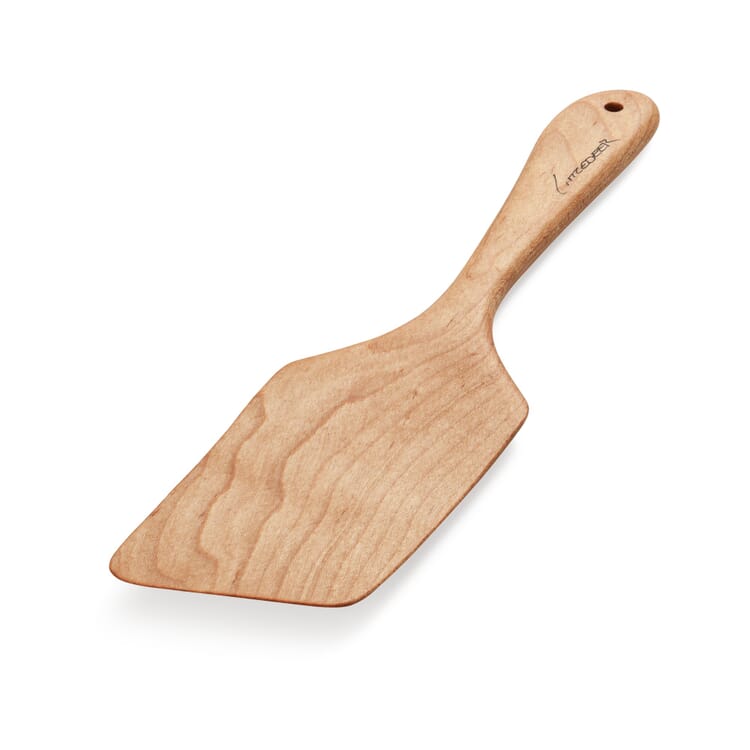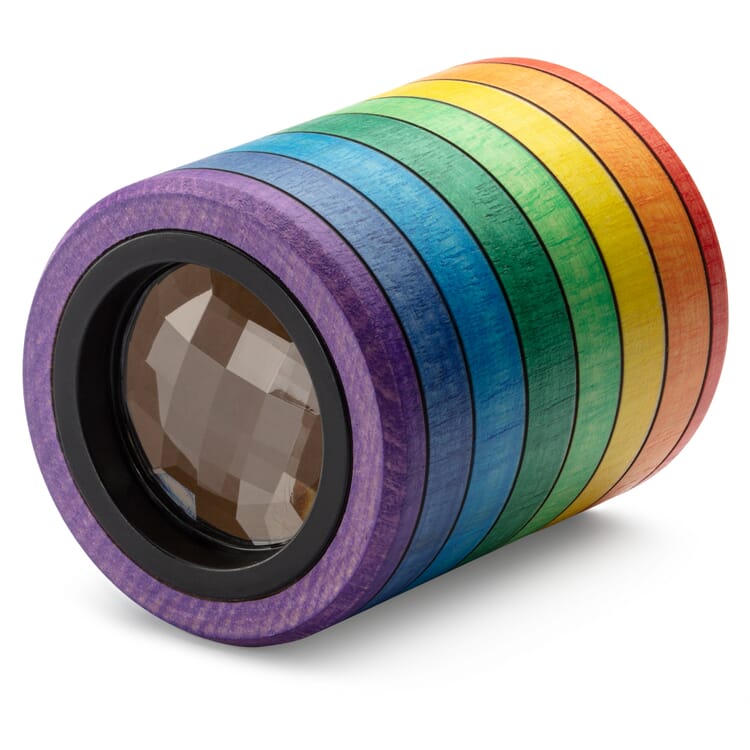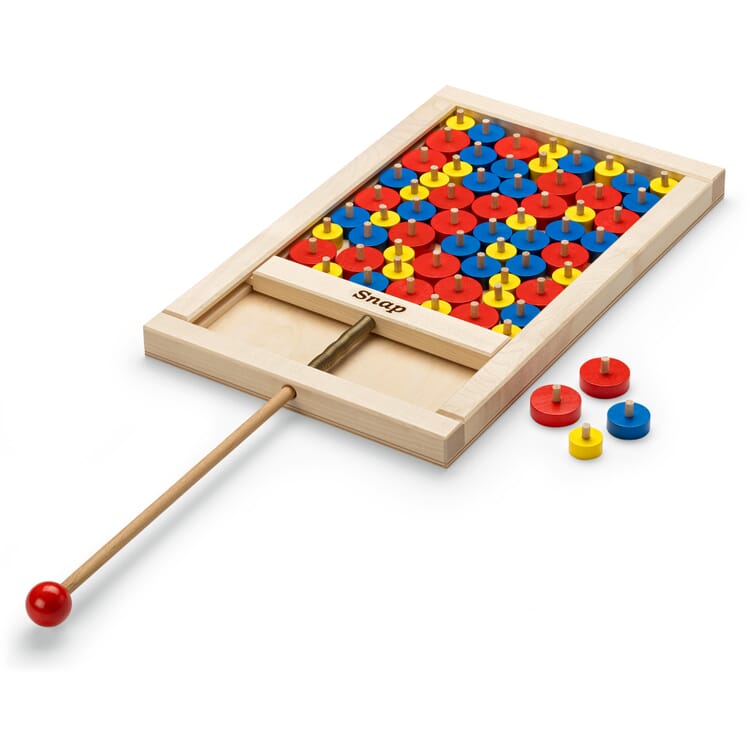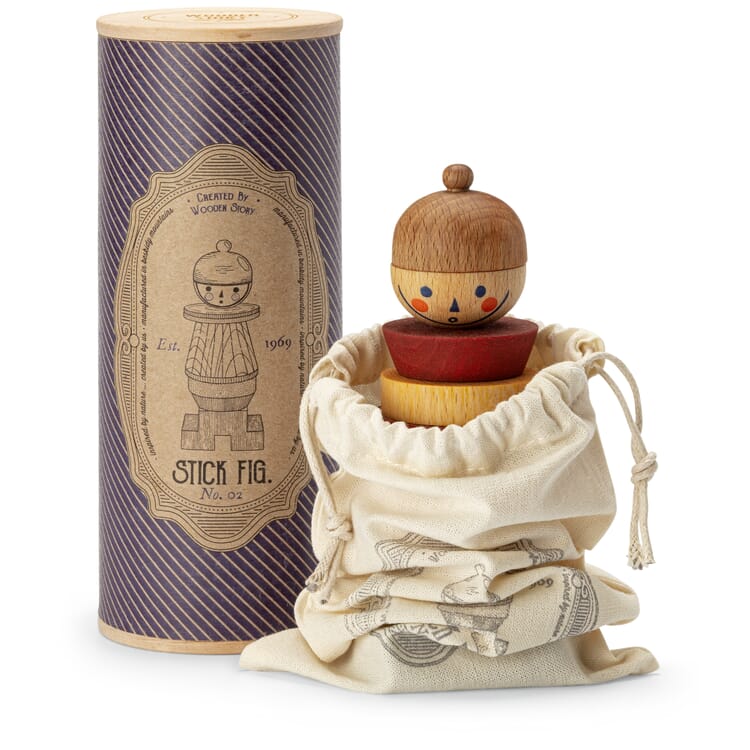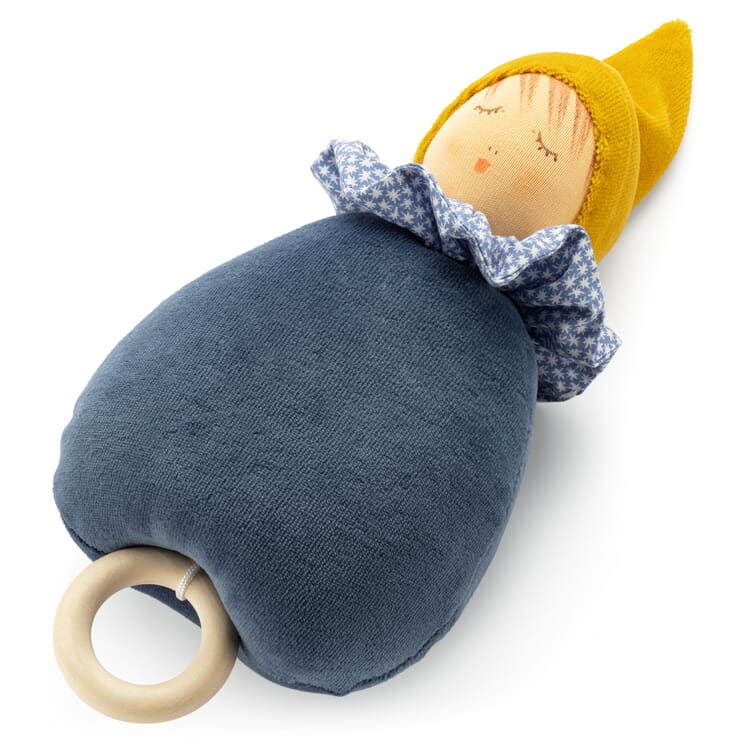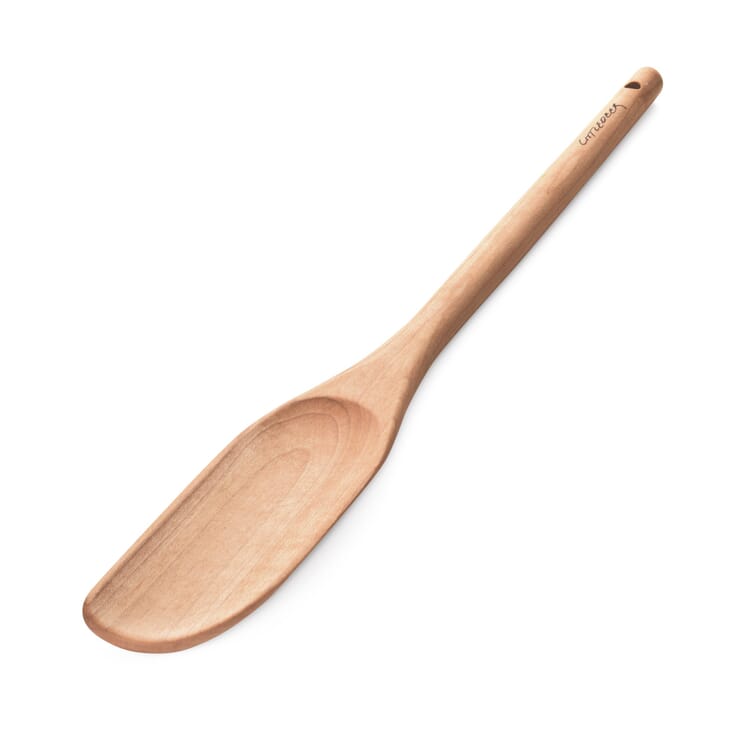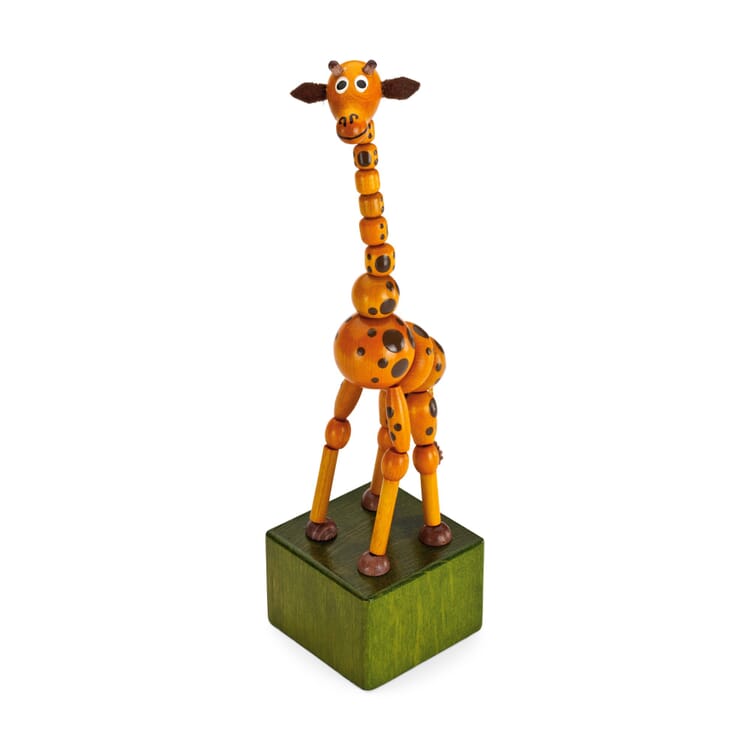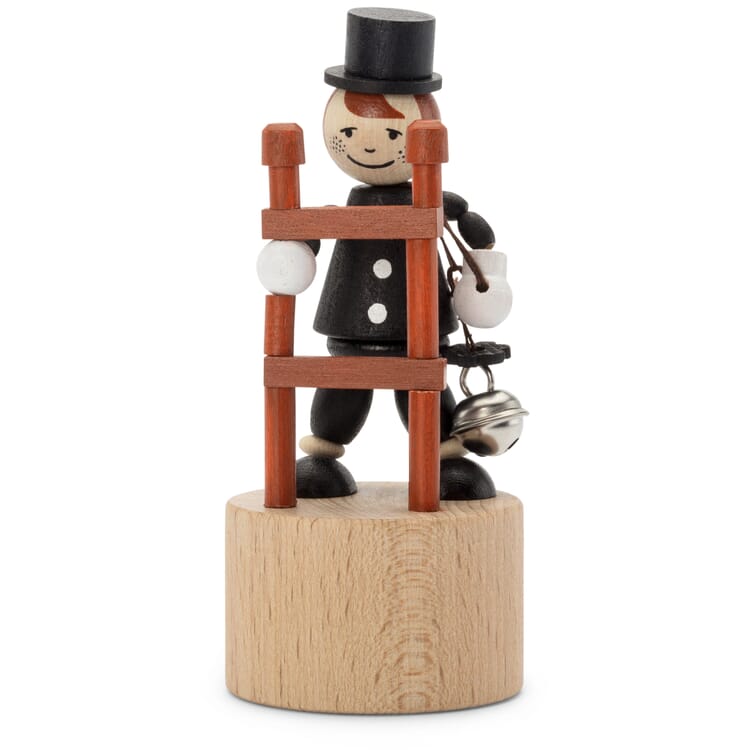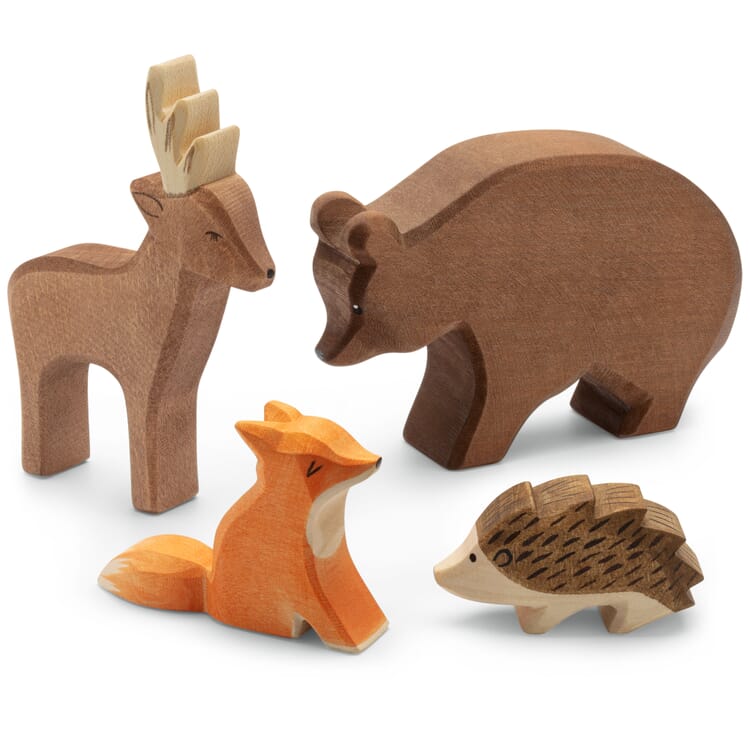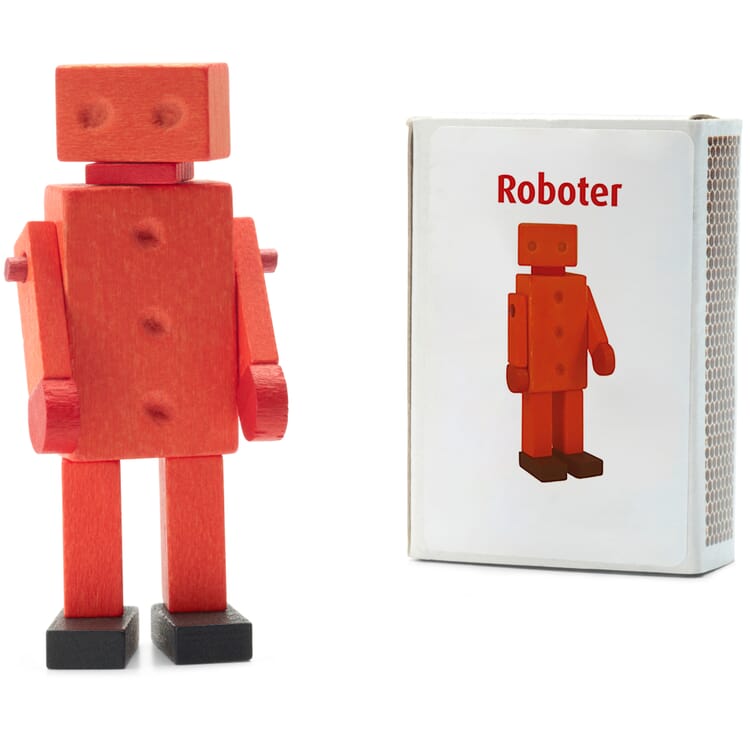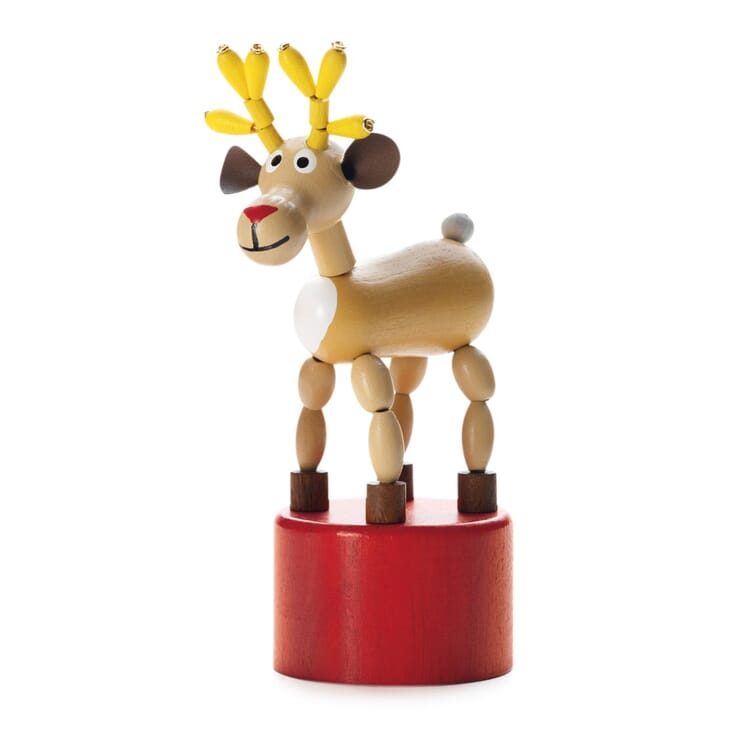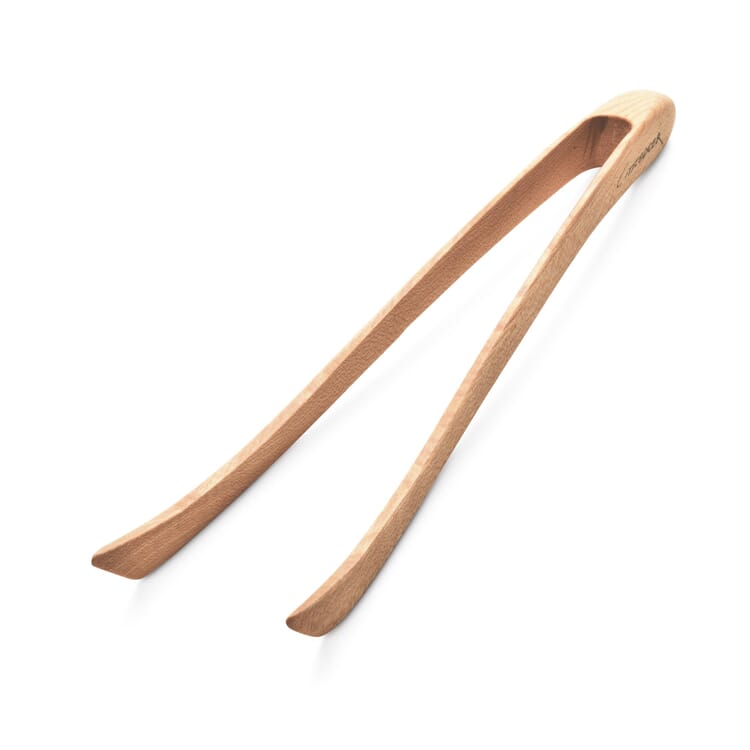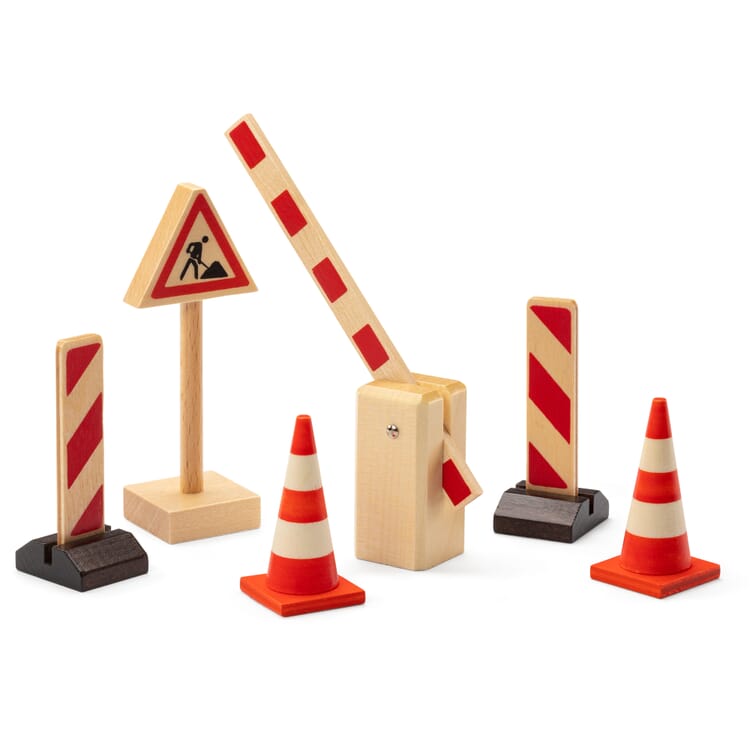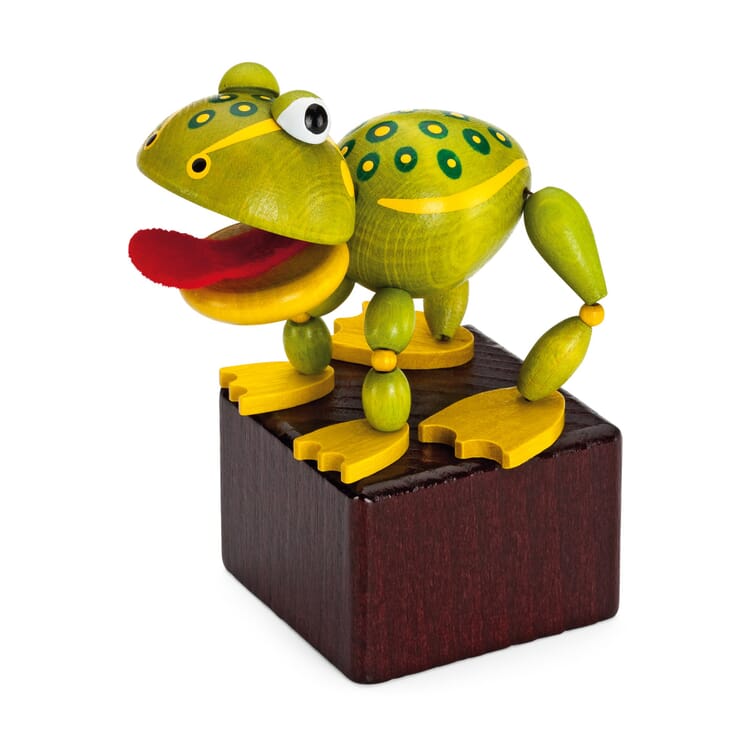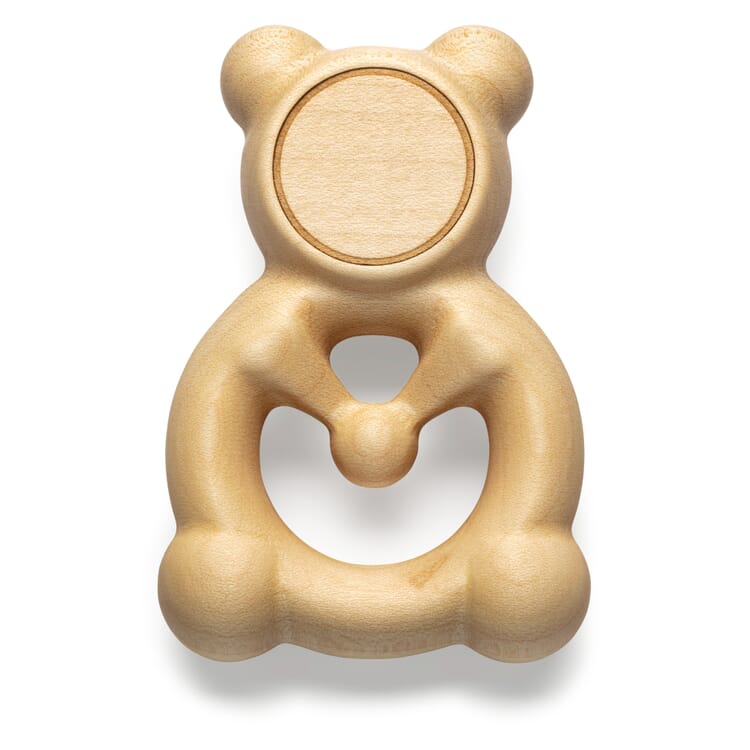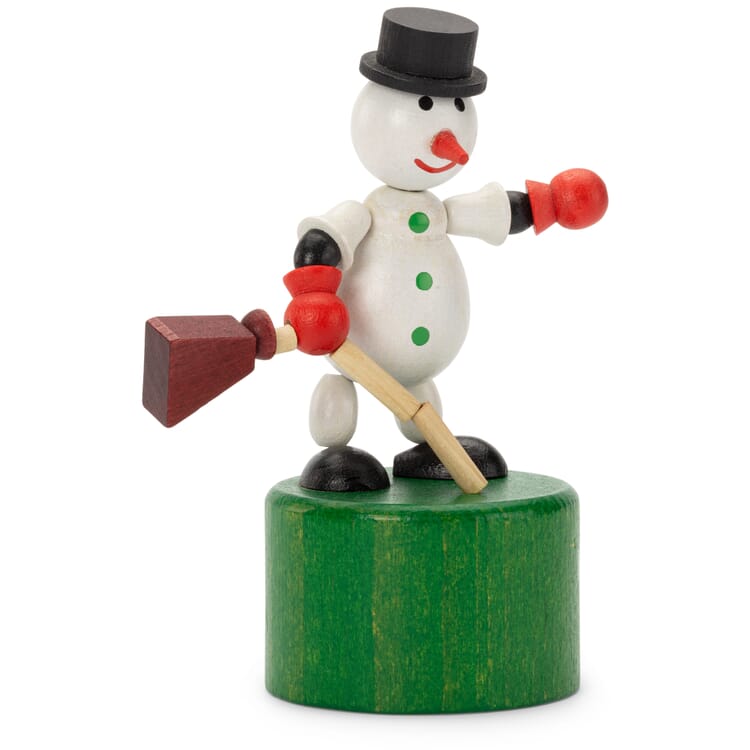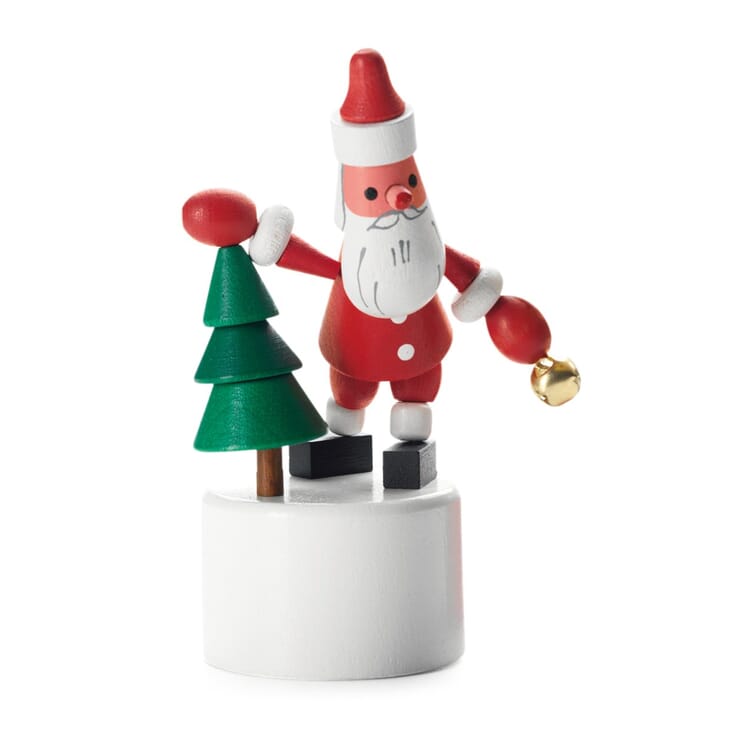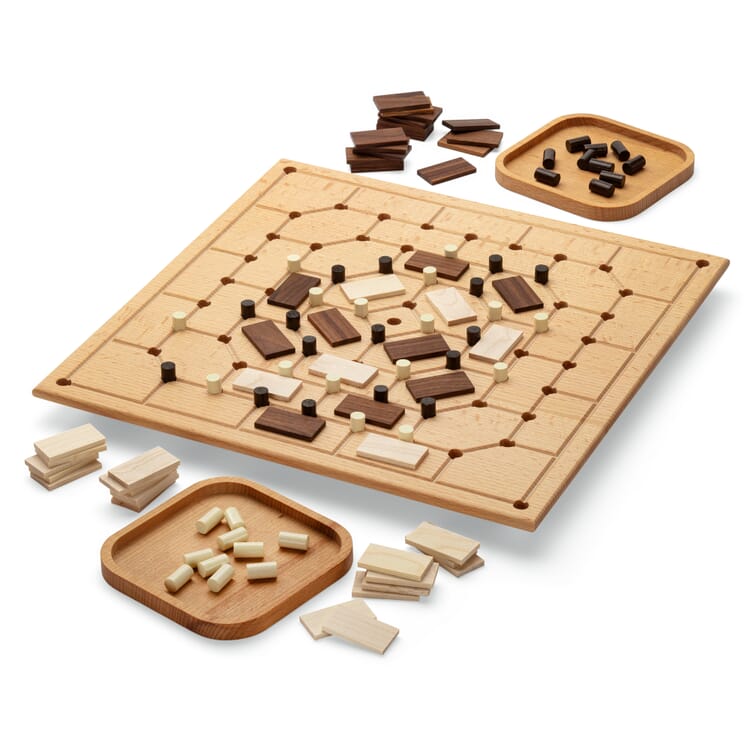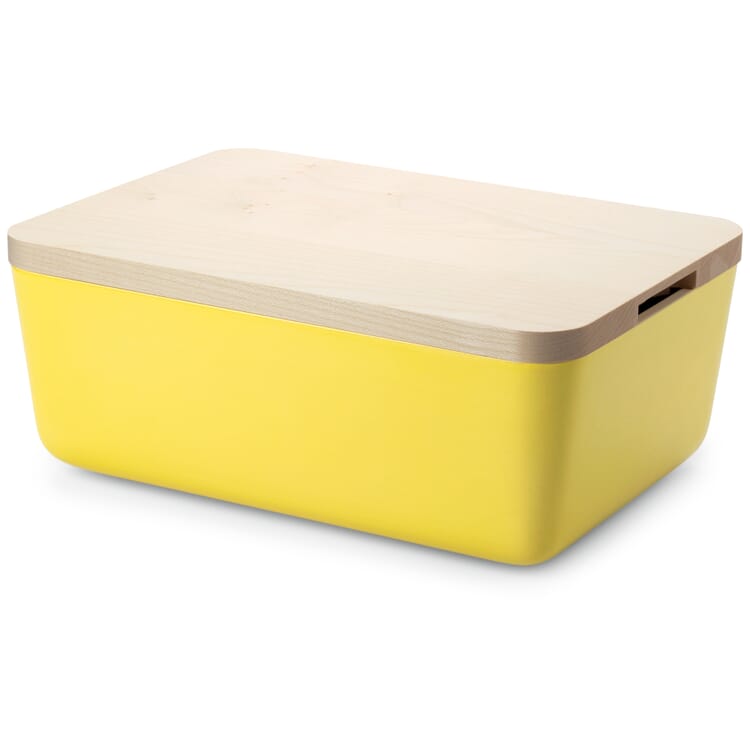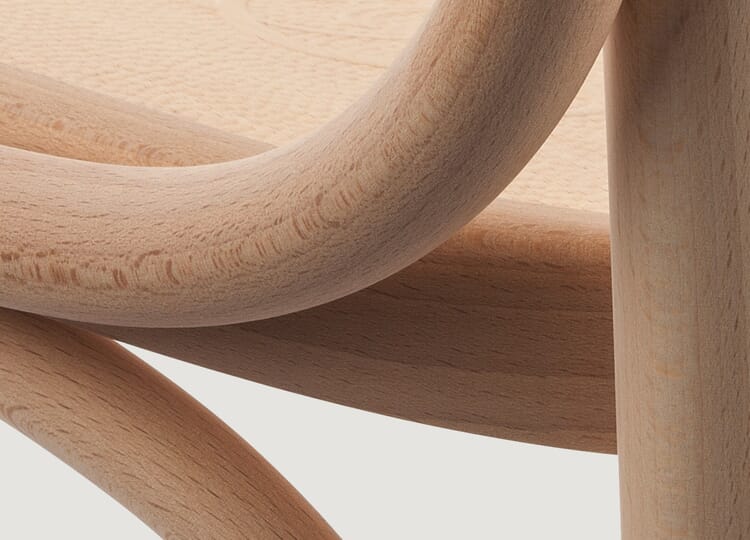Material
Maple wood. Robust, elastic and tough
Known for its bright fall color, winged split fruit, and the distinctive maple leaf that adorns the Canadian flag, the maple tree (genus Acer) is widespread across much of the globe. It is native to temperate and tropical regions of the Northern Hemisphere in Europe, East Asia, North Africa and North America. The largest maple forests are in Canada. Of the approximately 200 species worldwide, only the Norway maple, sycamore maple and field maple make up the population in Germany. The sycamore maple in Germany and the sugar maple in North America are of great economic importance as suppliers of wood.
The properties of maple wood
The wood of the sycamore maple, which is widespread in Europe, is one of the regional precious woods. It is sought after for its trunk dimensions and its light, almost white coloring. The silky sheen that is revealed when planed gives the wood a beautiful and decorative appearance. As a medium-weight and hard wood, it is very tough and thus stands up well to heavy use. In addition, our maple wood products such as furniture, kitchen utensils and toys benefit from its other advantages:
- Thanks to its high abrasion resistance, it is a preferred wood for heavy-duty surfaces, for example, tabletops, cutting boards, stair and floor coverings;
- Since maple wood is very elastic and tough, it can be easily bent under the influence of steam to give it the desired shape.
- Maple wood is also extremely dense and fine-pored. This means that dirt cannot penetrate deep into the wood and it is easy to clean. This property has proved particularly useful for traditional pub tables, whose table tops are made of untreated maple wood.
- Due to its excellent durability - it hardly reacts to changes in ambient conditions such as temperature and humidity - maple wood is particularly stable.
- The surface of maple wood can be stained, dyed and polished very well for its finishing, care and protection.
Since maple wood tends to discolor under the influence of light and is not weather-resistant, it shows its qualities in high-quality interior finishing, furniture and instrument making. For the surfaces of furniture and interior linings made of maple wood, it is also recommended to treat them with UV protection. Table tops made of untreated maple wood can simply be wiped with a soaped cloth. This will gradually build up a protective film. Dry maple wood kitchen utensils well after cleaning with water and oil them occasionally with cooking oil.
Selected products with maple wood
Recommended Topics
Hard yet flexible - this was the beech wood with which Michael Thonet succeeded in the 1830s in making furniture using the bentwood technique, i.e. bending the solid wood under the action of steam. Since then, beech wood, which until then had been used primarily as fuel, has advanced to become an important raw material for the furniture industry.
View moreCherry wood has been highly sought-after as furniture wood for centuries; its warm red hue was already highly valued in Biedermeier and Art Nouveau, for example. In the meantime, it has become a classic and is still in great demand today, especially for upscale furniture and interior design, but also for kitchen utensils and home accessories.
View more
